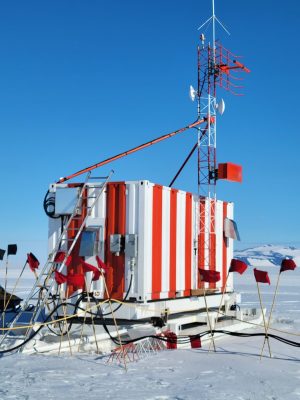One of the things that we love about the modern era of computing is the increasing ease by which you can roll your own custom computer, as seen with the cyberdeck phenomenon. The Flying Lotus is another awesome build in this vein.
Built around the Framework ecosystem, this device was built to suit the very specific use case of its designer, [Carlos Aldana]. He found himself traveling a lot and that the ergonomics of a laptop left a lot to be desired, especially when in the air. Add to it the fact that he has trouble typing on typical laptop keyboards for any length of time, and you can see how an ergonomic keyboard plus a laptop just doesn’t really work on a tray table.
The Flying Lotus takes the screen, modular ports, and mainboard of a Framework laptop and puts them into a single computing block that can be hung from the clever tabs at the top or mounted on a stand that puts the screen at a more ergonomically ideal height from the work surface. [Aldana] describes it as an “iMac that’s portable.” Since it doesn’t have an integrated keyboard, you can run it with whatever keyboard you like from super duper ergo to a teeny game controller sized unit.
We’ve talked about why we like Framework so much before, and if you’d like another take on a modern portable computer, how about this portable Mac mini?
Continue reading “Flying Lotus Is A Framework-Powered Portable All-in-One Computer”


















